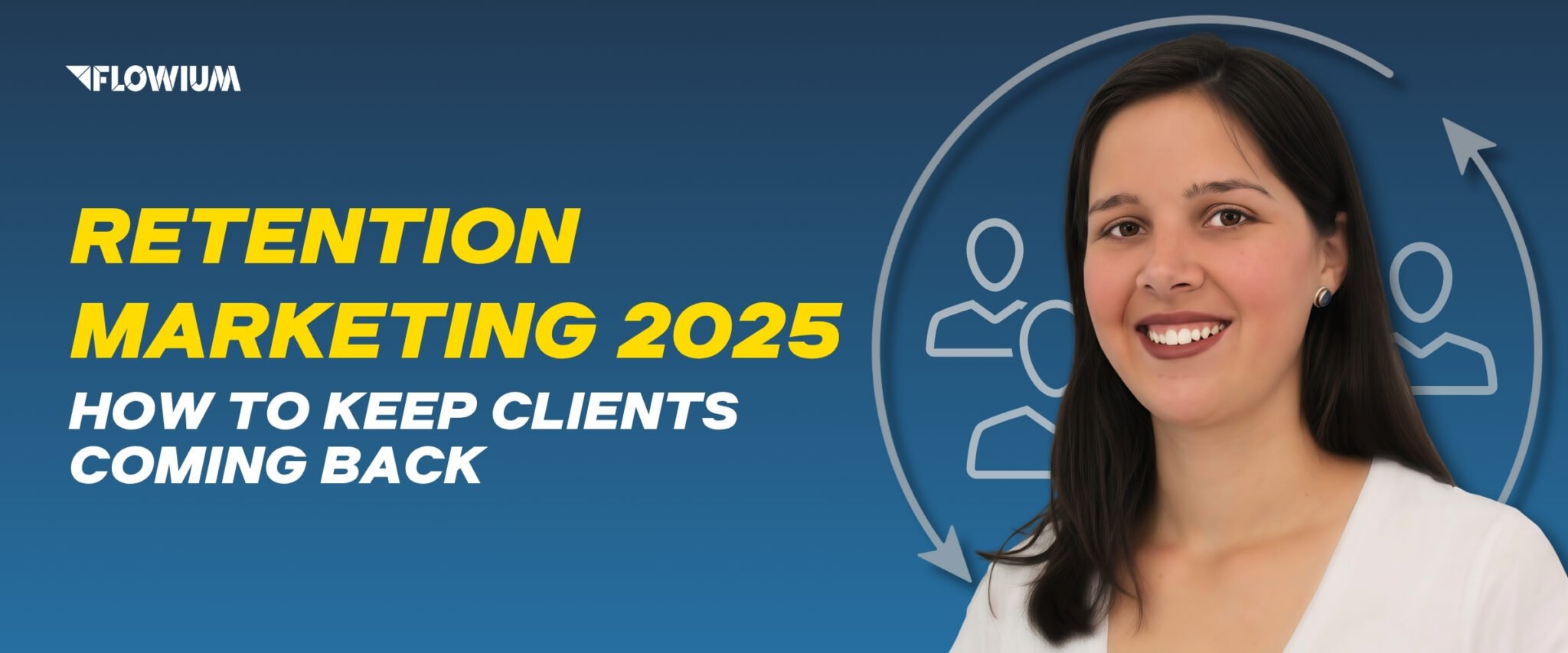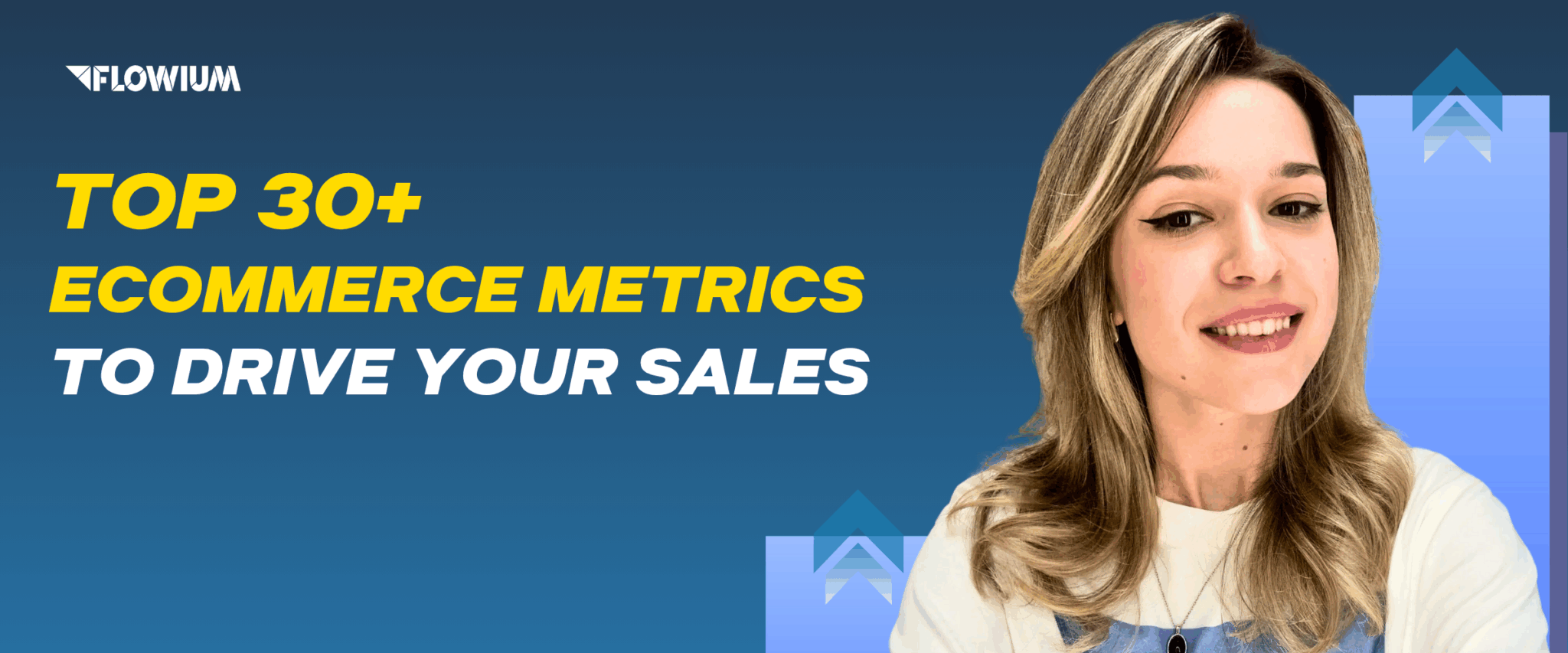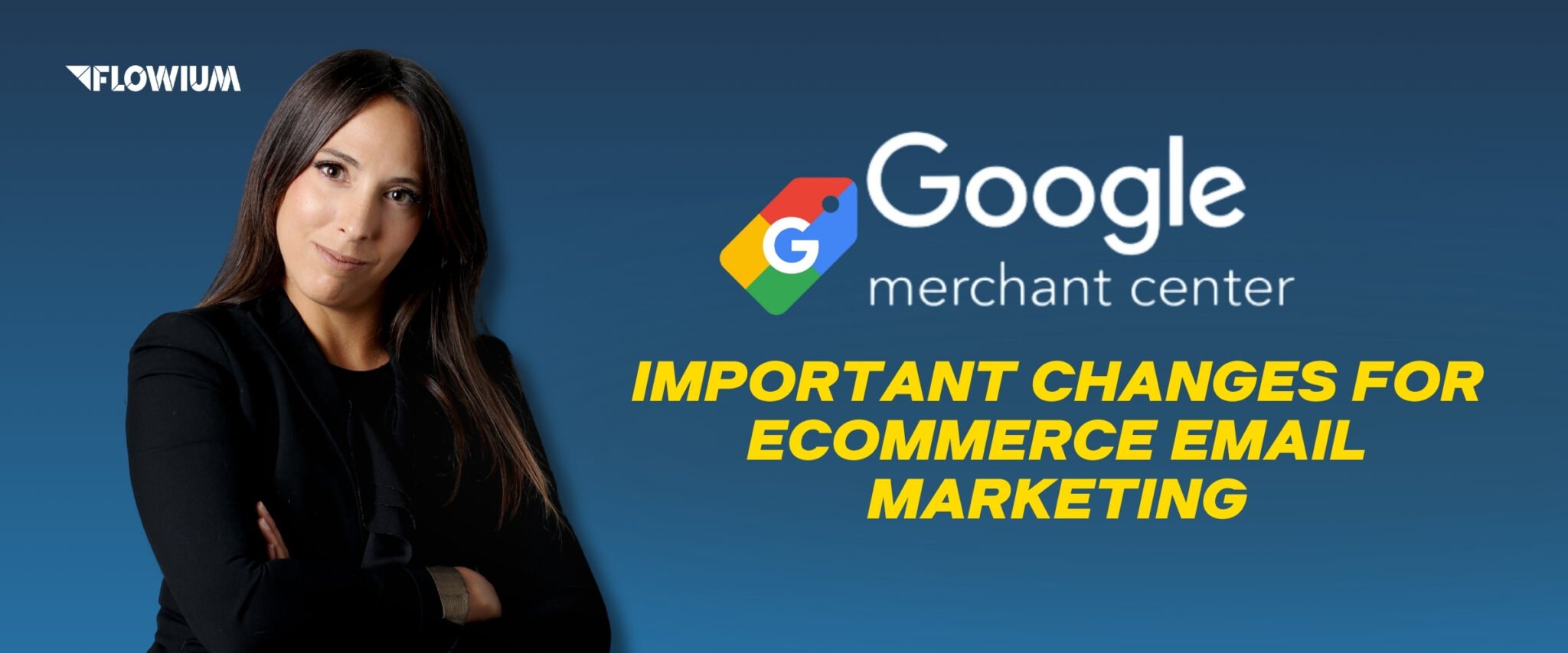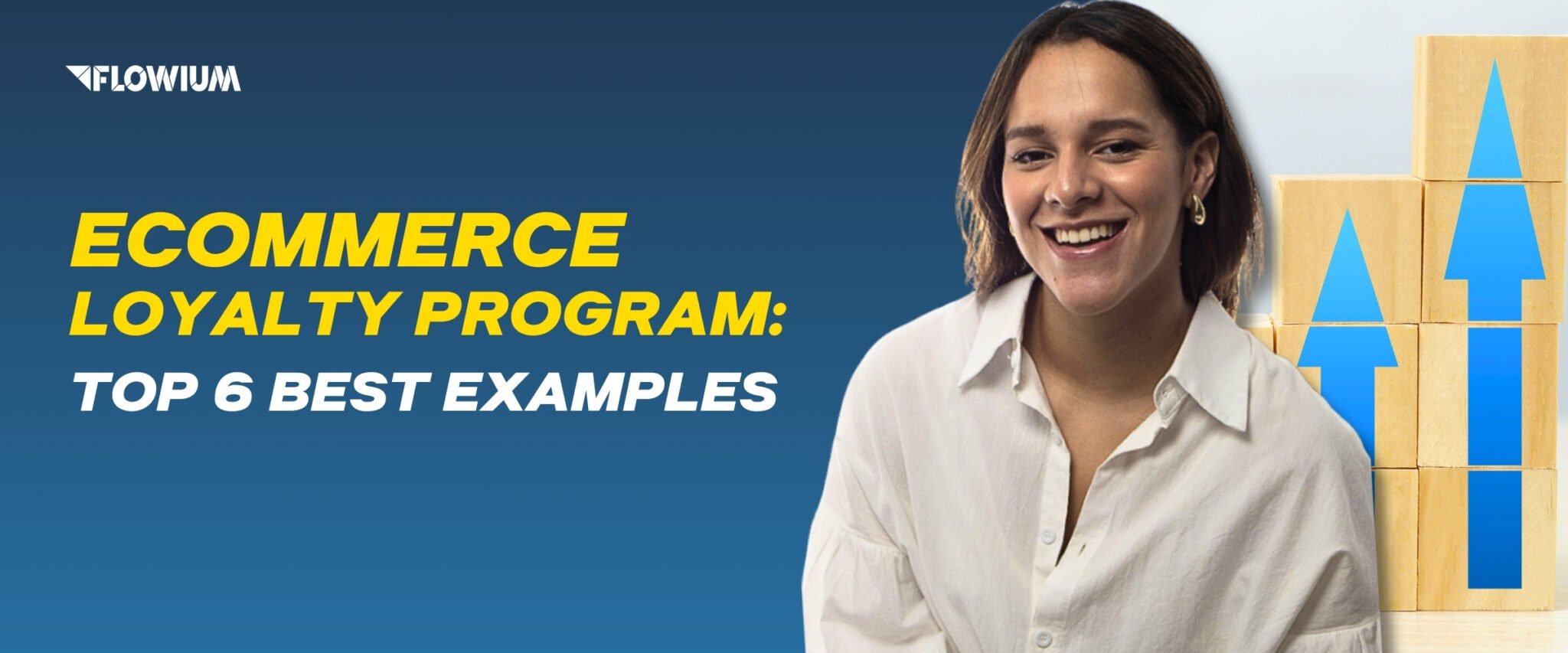Any experienced business strategist and marketing specialist will tell you that investing in lead generation only, foregoing retention campaigns and programs, is a sure way to failure. Your clients will constantly slip away, making you pour even more resources into acquiring new leads, who will also leave after one transaction. This creates a loop that’s very hard to break without the right strategy. Retention marketing is one of the main instruments to keep your existing clients interested in your offers and active in the brand’s community as both buyers and advocates. This is what will help you keep your business afloat for a long time.
Let’s look more closely at the meaning of retention marketing and how successful brands implement it.
What Is Retention Marketing?
Customer retention refers to a company’s capacity to retain customers as repeat customers and prevent them from switching to a competitor. It demonstrates whether your current clientele is satisfied with the quality of your products and services. It is also necessary for most subscription-based companies and service providers. To achieve client retention, businesses need to employ special strategies and tactics, which can be grouped into a distinct branch of marketing.
Retention marketing definition:
Retention marketing is a strategic approach in business marketing that focuses on ensuring the retention of the existing clientele and maximizing its value. This approach entails encouraging recurring purchasing and fostering long-term relationships.
Key Characteristics of Retention Marketing
- Customer-Centric
The goal of retention tactics is to satisfy the demands and expectations of the client. - Data-Driven
Strategy creation is guided by data analysis and customer insights. - Personalization
Personalized marketing and offers are a common component of strategies. - Long-Term Focus
Building long-term connections, not just short-term profits, is the aim. - Feedback Loop
To continuously improve, customer feedback is actively sought out and taken into consideration.
Customer Retention Marketing vs Acquisition
While customer acquisition is one of the main goals of marketing, it’s just the first stage of a customer journey that you need to analyze to grow your client base and increase sales. After you acquire leads and first transactions from them, you need to move your promotions and communication tactics to stage 2, which is retention. Since we distinguish marketing retention methods from acquisition efforts, let’s outline the differences between these two important stages of overall marketing strategy.
| Characteristics | Retention | Acquisition |
|---|---|---|
| Definition | A set of strategies to keep and engage existing clients | Strategies to attract new customers |
| Goal | Build customer loyalty and lifetime value | Grow customer base |
| Target Audience | Current or previous clients | Prospects who haven’t purchased yet |
| Cost Efficiency | Cost-effective | Usually more expensive |
| Communication | Personalized | For a broad audience |
| Customer Relationship | Long-term relationship building | Focus on first impression and brand recognition |
| Time to ROI | Shorter, with existing audience | Longer, requires time to build trust |
| Common Strategies | Email marketing, loyalty programs, and re-engagement campaigns | SEO, paid ads, social media campaigns |
Benefits of Retention Marketing
After defining retention marketing, it’s important to highlight why it’s crucial for your brand. Businesses that understand and implement this approach see substantial benefits in the form of enhanced cost effectiveness, repeated sales, increased customer lifetime value, and more. Let’s look at all the advantages.
- Lower Marketing Expenses
Selling to current clients is less expensive than obtaining new ones. OutboundEngine reports that it can cost 5 times less than acquisition. Retargeting and retaining are easy if you already have your former customer’s phone number or email address. You will also need to spend less on other conversion methods because repeat customers have a 60–70% likelihood of converting, according to InMoment. You save time and money. - Increases Customer Loyalty
According to SurveySparrow, more than 70% of consumers say they have been loyal to a brand for ten years or more. Emarsys’s report states that businesses that invest in retention marketing and provide incentives like discounts, customized offers, or loyalty awards have the loyalty of 57% of CPG consumers. - Growing Lifetime Value
By promoting repeat purchasing, strengthening brand loyalty, and optimizing long-term revenue from current clients, retention marketing helps to raise customer lifetime value. - A Higher ROI
Profits can increase by 25% to 95% with only 5% increase in client retention, according to Harvard Business Review. - Word-of-Mouth Promotion
Happy consumers can promote a brand and attract new clients. You can encourage your clients to spread a good word about you by using client retention marketing. - Steady Revenue
Maintaining clients guarantees a steady flow of income. Apart from the apparent advantage for the company’s finances, this also enables a more precise projection of future revenue sources. - Competitive Advantage
Since there is greater rivalry among businesses these days, it is even more crucial to be able to sustain a sizable and stable clientele over time. This is because it enables you to obtain a sizable volume of repeat purchases. High client retention rates might provide you with a competitive edge. - Product Enhancement
Innovation and product enhancement can be fueled by customer feedback.
Best Marketing Retention Channels
There isn’t a single retention marketing strategy that works for everyone. Depending on its target market, industry, and voice, any firm will find greater success on particular channels. When creating your retention marketing strategy, keep the following points in mind:
- Email Marketing
One of the best ways to keep customers is through email marketing. Your clients provide you with their email address and check a box to indicate that they want to receive your messages. Afterward, you can follow up with one-on-one chats, upsell opportunities, and more using their email. This channel enables companies to effectively communicate with current clients by providing them with regular updates, unique deals, and tailored content. Its straightforward approach promotes low-cost recurring purchasing and helps create enduring client-business relationships. - SMS Marketing
Another medium for opt-in-only retention marketing is SMS. Although it has a greater open rate than email, most customers are more cautious about their phone numbers. Treat customers with respect when they give you their phone number because, if used correctly, it can benefit you for the rest of your life. - PPC
One strategy for retargeting your clients is to use pay-per-click advertisements. For instance, after a customer purchases from your company, you may begin sending them advertisements for the same product (or comparable products). - Social Media
Developing relationships is the main goal of social media. Make use of your social media accounts to convert your current clients into devoted customers and brand advocates. - Push Notifications
Reminding users to return to your app or make another transaction can be accomplished with push notifications. To avoid upsetting your clients and losing your notification rights, use them carefully.
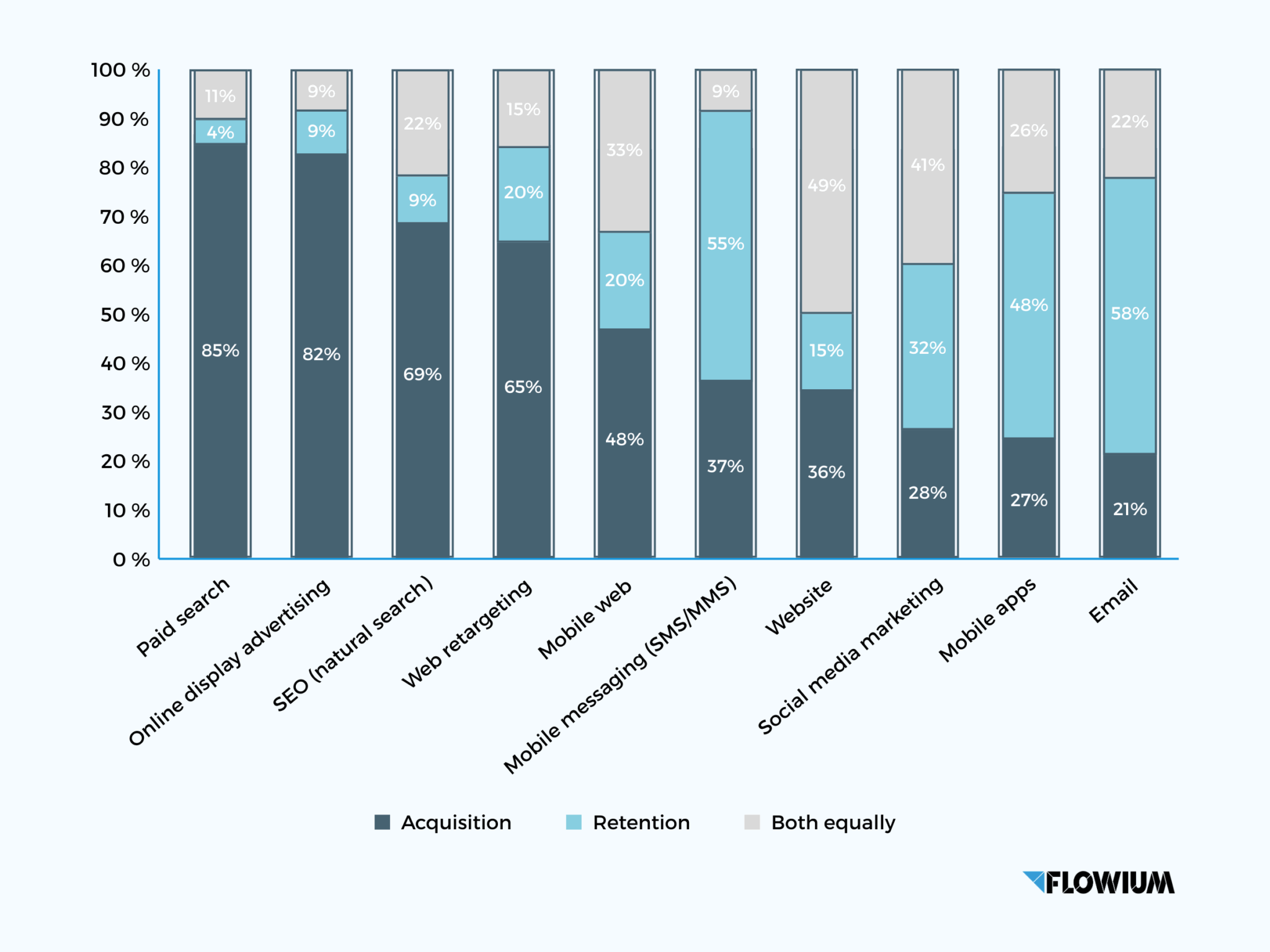
How to Implement Retention Marketing
Starting your marketing retention journey, there are several tactics you can apply to see successful outcomes. Here we’ll share the most popular and actionable of them.
To gain more insights into retention strategies, read our previous article with more practical tips.
1. Study Your Clientele
A thorough analysis of the brand’s clientele should be the first step in developing a customer retention plan. You can only meet their wants and guarantee their contentment if you are aware of what they require and what fulfills them. To learn more about the demands and loyalty motivations of your consumers, use surveys, feedback widgets, and interviews to acquire their direct input. It’s also critical to appropriately time these feedback requests. To see and comprehend your customers’ experiences, you can also create a customer journey map.
2. Provide an Outstanding Onboarding Experience
Initial impressions count. As soon as a new customer buys or signs up, make sure they feel encouraged and supported. Send them quick-start guides, check-in emails, or informative articles to demonstrate your interest in their progress.
3. Maintain Consistent Communication
After the transaction, don’t keep quiet. To stay in touch, use social media, SMS notifications, or email marketing. Distribute helpful content, acknowledge achievements, and provide your devoted clients with special benefits.
4. Get Feedback and Take Action
The people who are already conducting business with you can provide you with the best information. Your customer retention marketing must include asking your customers for reviews or comments on your goods and services. Find out what they would like to see next, how you’re doing, and what may be improved. After that, make significant adjustments to demonstrate that you are paying attention. Reviews and testimonials have the power to both draw in new customers and retain current ones. It also enables you to streamline your tactics and procedures so that you may just give your clients satisfying experiences, which is essential for keeping them as clients. Make it a point to periodically solicit comments and evaluate how the most recent results advance.
5. Customize the Experience with Data
Customize your offers and communications according to past purchases, user activity, and personal preferences. Consumers enjoy having their wants and needs acknowledged and taken care of. Your relationship will be stronger and retention will be higher if your content is more relevant. By checking in and gathering data frequently, you can improve their experience and retain them as customers.
6. Offer Loyalty Reward
Establish a referral or client loyalty program that rewards recurring business. People enjoy being acknowledged, and when there is a reward for doing so, they are more inclined to come back. Rewards that are specifically designed for each customer’s behavior boost the efficacy of loyalty programs and encourage repeat business.
7. Create a Community for Your Brand
Creating a vibrant brand community is one tactic for retaining customers. This strategy promotes repeat business, loyalty, and brand supporters. Brands should focus on developing a strong social media presence to create this community through private groups, in-person Q&A sessions, and behind-the-scenes information.
8. Provide Omnichannel Assistance
Each customer has a preferred method of communication that works best for them. To keep customers, make sure your customer service provides the most widely used channels for communication. Inconvenient communication methods and connection problems can cost you valuable customers. For instance, maintaining a phone number as the primary channel for support services can be a major issue, given that many individuals these days prefer messaging to calls.
Best Practices for Retention in Marketing from Flowium
- Subscription Plans
Users can recoup their investment over time because subscription services provide steady engagement and income. By increasing discounts or incentives in line with customers’ lives, you may increase value, express gratitude to loyal customers, and encourage subscription renewals. - Exclusive Membership Benefits
Creating a membership model fosters a sense of community and offers advantages that increase client retention. Benefits like priority service, free delivery, and access to exclusive deals motivate members to make additional purchases and make them feel valued. - Common Values
Finding out what matters to your customers is a good way to increase their retention. Loyalty can be increased by matching your approach to their values and developing connections with your brand’s goals. - Customer-Friendly Experience
Ensuring customer retention requires making their lives easier. It’s critical to establish customer-friendly procedures and remove any sources of annoyance in order to keep clients who are departing. - Valuable Content
Adding value and services beyond products boosts customer loyalty, authority, and engagement. For example, Flowium always strives to regularly provide the audience with educational content on related topics to establish a foundation of loyal customers. - Delightful Surprises
One of the best ways to keep customers loyal is to give them unexpected gifts or samples. Creating a positive initial impression and encouraging continued engagement improve retention. - Testing and Optimization
You won’t realize that your initial idea isn’t the best one unless you try different things. Try out different retention marketing strategies and platforms to observe which ones your audience responds to the best. Does it attract clients? Scale it if it is. Go on to the next concept if it doesn’t. - Performance Monitoring
You can monitor the effectiveness of your retention marketing efforts with the correct software, tools, and procedures. You want to know what worked to reproduce success if customer churn declines. Determine which metrics—such as client lifetime value, repeat business, and recommendations—are most important to you and keep a close eye on them.
Retention Marketing Campaigns from Real Brands
Let’s examine a few of the retention campaigns run by well-known companies and brands. You can get a basic idea of how they handle their current clientele and the issue of their brand loyalty from these instances.
Onboarding Retention Campaign from Intercom
A welcome email is the first thing you send to new subscribers with the purpose of starting their onboarding. These automated emails typically have very high open and engagement rates since they are sent at the exact moment the receiver has decided to connect with your business.
The sample below demonstrates how Interom’s email welcomes new community members. By offering a variety of choices, Intercom is dividing up its new subscribers. The used tactics help with clientele management, segmentation, and following engagement.
This simple, personalized email is a fantastic way to remind your new customers of why they initially signed up.
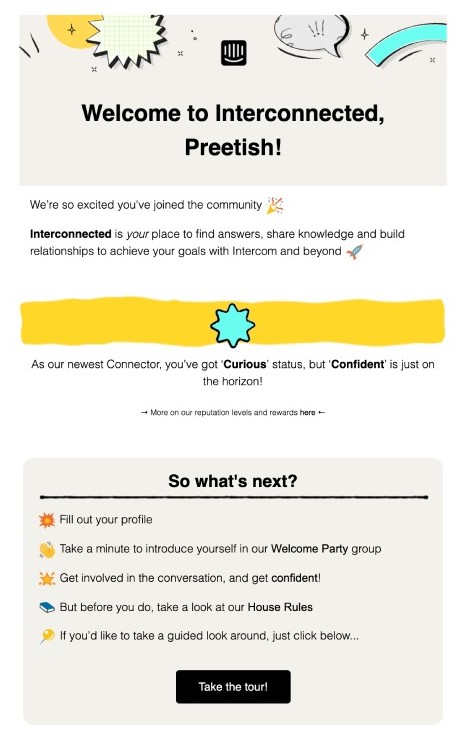
Loyalty Program from LuminSkin
Customers who participate in Lumin’s loyalty program, The Luminary League, receive coins for their purchases and brand interaction. In addition to earning one coin for every $1 spent, members can earn extra coins by doing things like leaving reviews, following accounts on social media, or recommending friends. Coins can be exchanged for free shipping, discounts, or presents; 20 coins are usually worth $1. VIP ranks within the program grant access to extra benefits like yearly gifts, early product access, and double points. Users get 50 coins just for signing up, and membership is free.
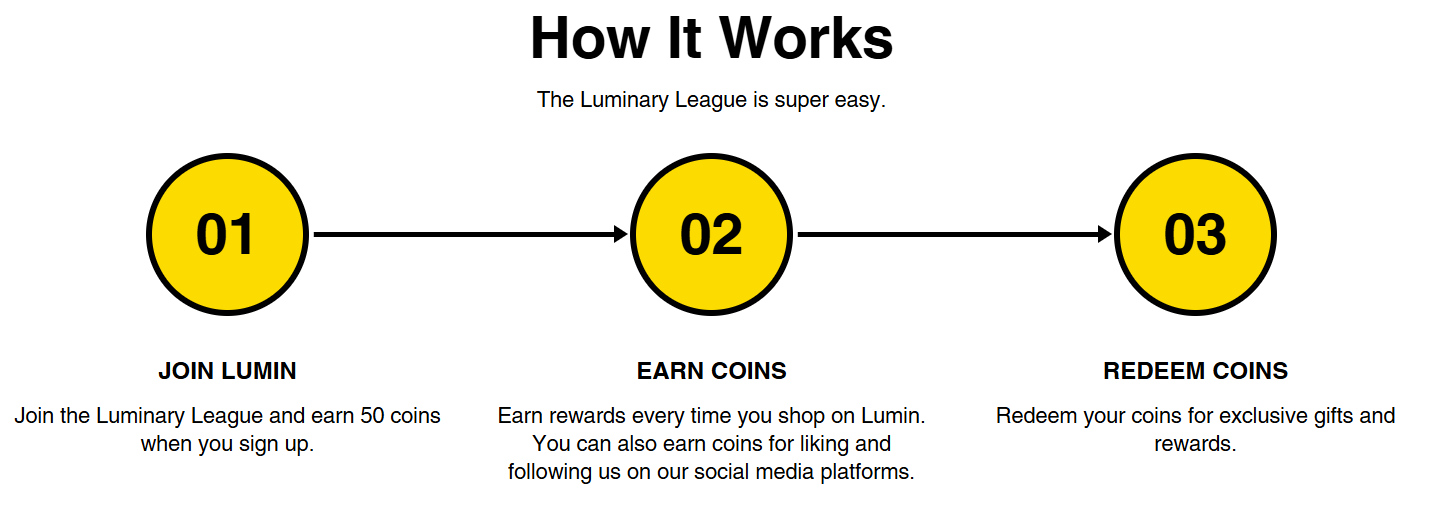
Post-Purchase Campaigns from J.Crew
The email from J. Crew that you see below is a great illustration of a request for a review from a consumer following a purchase. Using purchase history data as a foundation, it demonstrates a high degree of personalization that makes it pertinent to the customer and promotes interaction. Sincerity is conveyed in the language, and the brand’s ambitions to improve its service are made evident through a straightforward design.
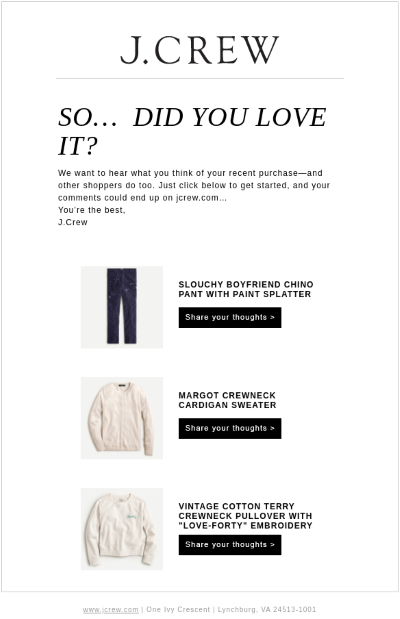
Winback Campaigns from Zoom
Zoom is a well-known video conferencing program that facilitates virtual meetings, webinars, and teamwork through chat, video, and audio features. In this instance of a winback campaign, the business takes advantage of the chance to showcase new capabilities to the public in addition to reminding them of its services. By employing this strategy, businesses raise the likelihood of reactivating customers with unique features that may be more engaging and pertinent to them. With a focus on key offer positions, the email design should complement the software’s style and branding. The goal of this winback campaign is immediately represented by a clear call to action offering to reactivate a Pro account.
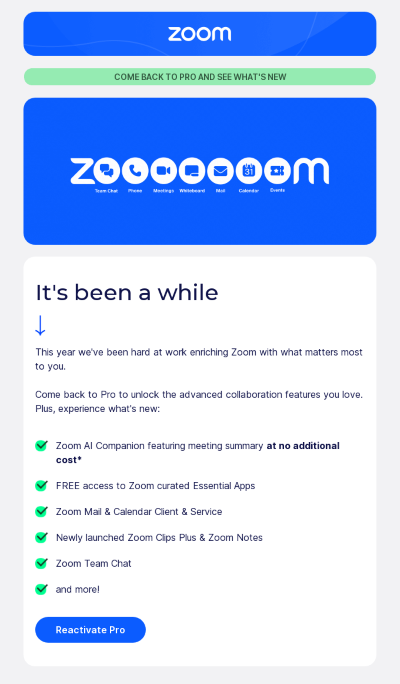
Community Building by Gymshark
Creating a community around your business is a good way to draw in and retain customers. Robust communities foster loyalty, encourage repeat business, and turn customers into brand champions.
For example, a major factor in Gymshark’s success is the vibrant community it has built around its brand, which extends beyond its products to include fitness advice, events, and more. Gymshark hosts fitness meetups and events where they showcase fitness influencers and their brand representatives. This enables them to meet with clients face-to-face and establish a sincere rapport. Customers offer candid and open input on marketing efforts, new product development, and other topics in the company’s Gymshark Insiders group. Gymshark can better understand its customers and provide goods that surpass their needs thanks to this community.
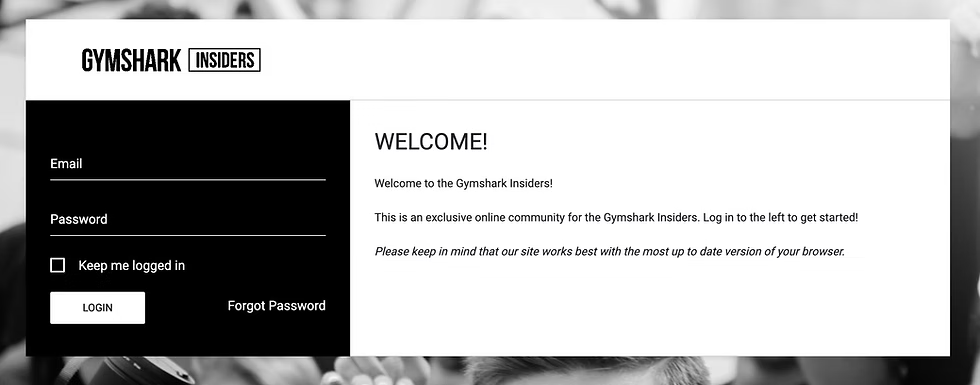
Pro Tip: Social media platforms are a great tool to establish and preserve brand communities. Just like Gymshark, brands can create exclusive groups, hold live Q&A sessions, and share behind-the-scenes content to improve relationships with their audience.
Exclusive Educational Content by Klaviyo
Brands can maintain audience engagement, create authority, and cultivate a devoted clientele that appreciates their knowledge and perceptions by consistently delivering insightful content. Providing customers with informative articles about your products or sector helps keep them interested and informed.
An excellent illustration of how instructional materials may benefit clients and encourage loyalty is Klaviyo Academy. It is a learning platform that helps users of all skill levels become proficient with Klaviyo’s products and email marketing techniques by providing live sessions, on-demand courses, and certificates. For both novice and experienced users, it offers self-paced, structured learning pathways with professional Q&As, digital badges, and helpful advice. This effort makes the overall experience of using the service easier and more enjoyable, fostering customer satisfaction and loyalty.
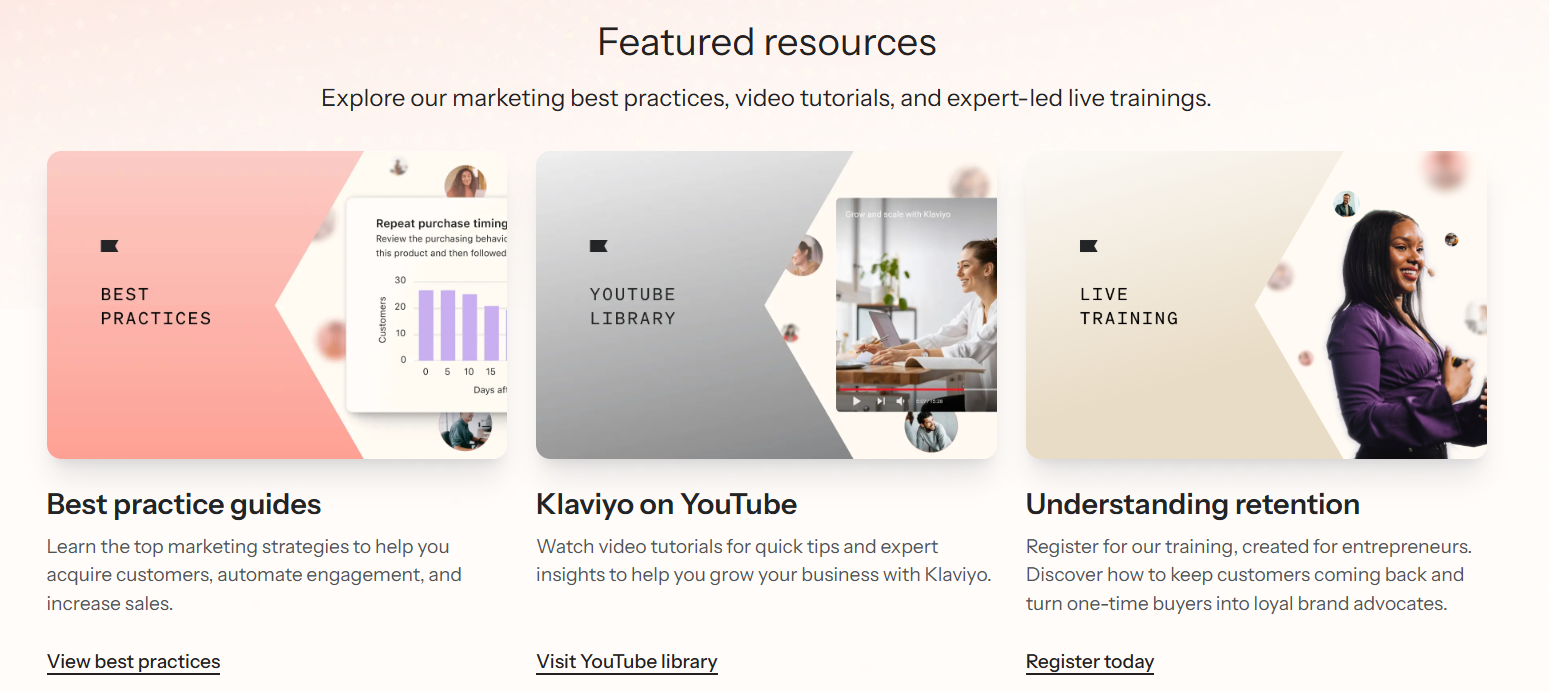
How to Measure Customer Retention Marketing Success
Measuring the performance of your marketing retention efforts is crucial for further progress with your strategy. This important ecommerce metric is rather easy to calculate.
The number of customers gained at the start of the period divided by the total number of customers minus new customers, is the customer retention rate. This is how the formula will appear:

What Is a Good Retention in Marketing?
Your ideal CRR will depend on your industry. However, a retention rate of 35% to 84% is considered respectable.
Run Retention Marketing Campaigns with Flowium
Keeping clients is only one aspect of retention; another is strengthening their bond with your company. This will give you more purchases, referrals, and trust. With a smart retention marketing strategy, you can get loyal clients who grow into long-term revenue generators and brand ambassadors. If you don’t know where to start with your retention campaigns, contact Flowium to get professional assistance. With our vast experience in the industry, you’ll be able to achieve the desired results.
FAQ
Because it is less expensive to keep current clients than to find new ones, retention marketing is essential. Repeat sales and brand referrals from loyal customers increase the likelihood of long-term company success.
Not at all. Since every company requires new clients, acquisition tactics are an essential component of the marketing mix. Any successful business plan must include acquisition-focused marketing. The problem is that all of your acquisition marketing efforts will be in vain if you don’t have retention marketing tactics in place.
Your target audience and the type of business you run will frequently determine which channel is appropriate for retention marketing. Nonetheless, a number of channels have shown promise in retaining customers:
– Email marketing
– Social media
– SMS
– Push notifications
Naturally, this approach has shortcomings that you need to know before building your strategy. Here are the main ones:
– Resource-Intensive. It may take a lot of resources to put good retention methods into practice.
– Customer Churn. Some consumers may decide to depart even with your best efforts.
– Reduced Margins. Discounts and loyalty initiatives may have an impact on profit margins.
– Saturation. Retention alone may not provide much room for growth in some markets.
